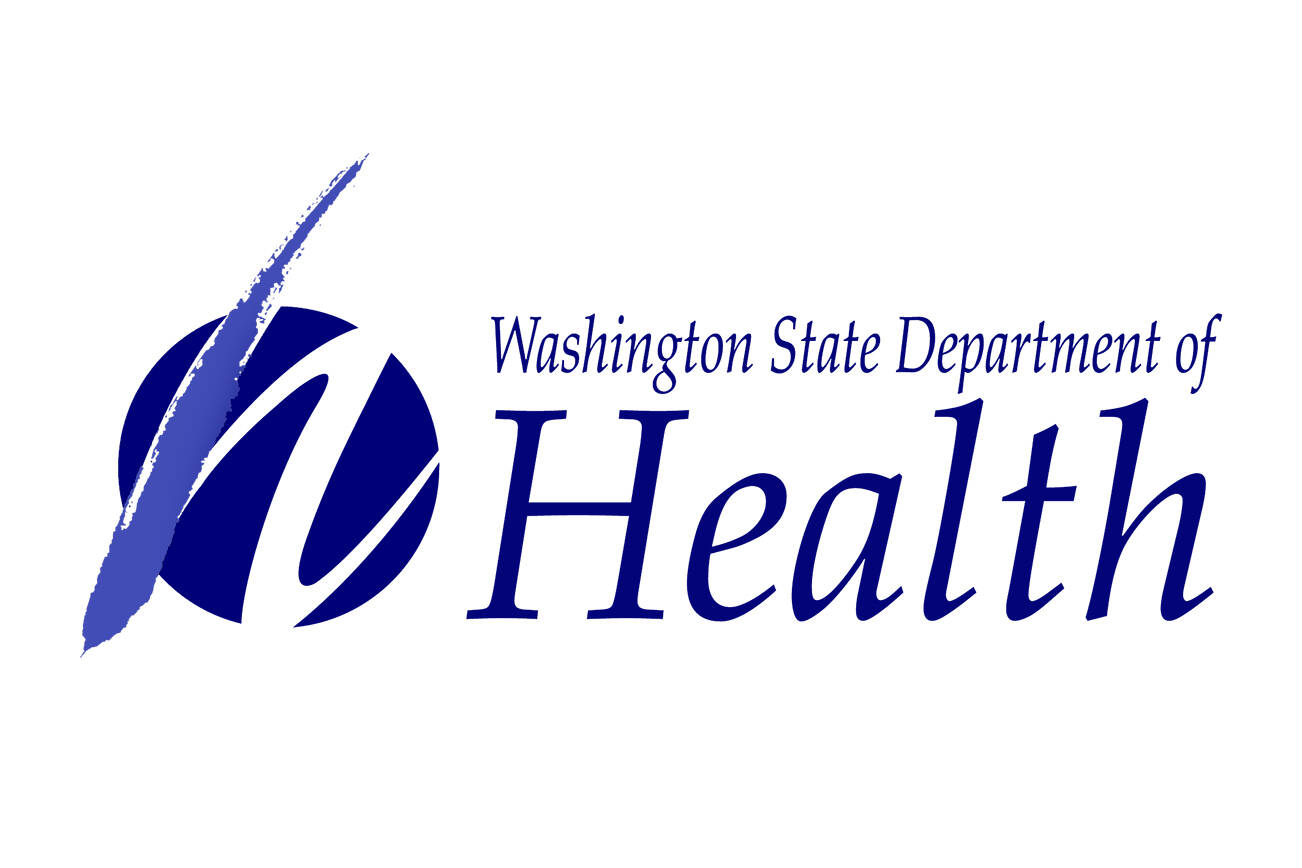On July 8, the Centers for Disease Control and Prevention (CDC) announced plans to distribute a limited supply of monkeypox vaccines to Washington state. According to the Washington Department of Health, there are currently 15 confirmed cases of monkeypox in the state, including one individual who was exposed in another state, but tested positive in Washington. The other 14 cases are residents of King County.
Washington is allotted 398 courses of the 2-dose JYNNEOS vaccine, or 796 doses. Of that allotment, 272 courses have already been distributed to jurisdictions with known cases or close contacts.
“The risk to the public is low at this time. Transmission generally requires close, skin-to-skin contact with someone who has symptoms of the disease,” said Scott Lindquist, state epidemiologist for communicable diseases. “For people who have had recent contact with someone who tested positive for monkeypox, the vaccine can reduce the chance of developing a monkeypox infection.”
Early monkeypox cases were identified in people who traveled outside of Washington, but more recent cases have been identified in people with no history of recent travel, which means that monkeypox is spreading locally, according to the Department of Health. Investigators are working to notify close contacts of these cases.
The vaccines will be rolled out in two phases. Phase I calls for the federal government to allocate 56,000 doses using a tiered distribution strategy that prioritizes states and jurisdictions with the high case rates of monkeypox.
Phase II will occur in late July or early August, according to the DOH, where 240,000 additional doses will be made available nationwide. Eventually, over one million doses are planned from distribution across the country, and the DOH is unaware of how many doses Washington state will receive.
The majority of Phase I doses will be used to vaccinate high and intermediate-risk close contacts of confirmed and probable cases, and a limited number of doses will be given as pre-exposure prophylaxis to laboratory workers that directly handle specimens, according to the DOH.
Public health officials state that once they know how many vaccine doses are coming to WA and when, they will implement plans to vaccinate high risk people who have not been exposed to monkeypox. Without additional supplies from the CDC, the state has no plans to hold vaccination clinics or to distribute monkeypox vaccines to providers.
“DOH is actively working with local health jurisdictions, tribal partners, and community groups to develop an equitable distribution plan for this vaccine,” said Lindquist. “We just need more vaccine.”
What you need to know about monkeypox
Anyone can get monkeypox, which is spread primarily through close contact. Risk factors include travel to areas where monkeypox is spreading, being sexually active with multiple partners, close and nonsexual contact with a known case, and contact with sick animals.
Monkeypox can cause flu-like symptoms as well as swollen lymph nodes, and a rash anywhere on the body. In the current outbreak, many cases have presented with lesions on the genitals and anal area, and some people initially had rectal pain with and without showing flu-like symptoms.
Those who have symptoms or close contact with a confirmed case in the last 21 days should contact a healthcare provider to get tested. Those diagnosed with monkeypox generally recover in 2-4 weeks, according to the DOH, however the illness can be serious for immunocompromised people, children, people with a history of eczema, and people who are pregnant or breastfeeding.
According to the CDC, as of July 11, New York has the highest number of monkeypox cases (153), while California has the second highest number of cases (136).
Talk to us
Please share your story tips by emailing editor@kentreporter.com.
To share your opinion for publication, submit a letter through our website https://www.kentreporter.com/submit-letter/. Include your name, address and daytime phone number. (We’ll only publish your name and hometown.) Please keep letters to 300 words or less.

